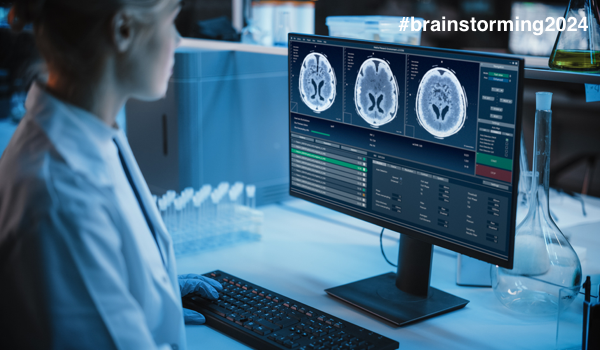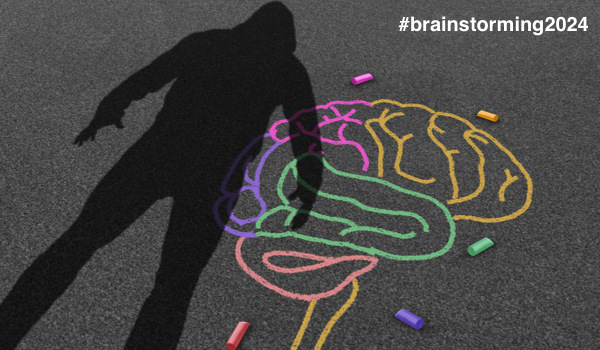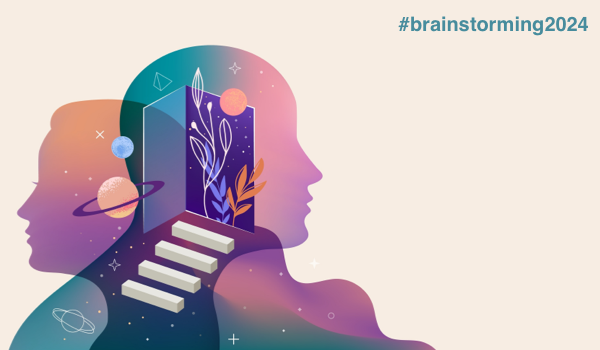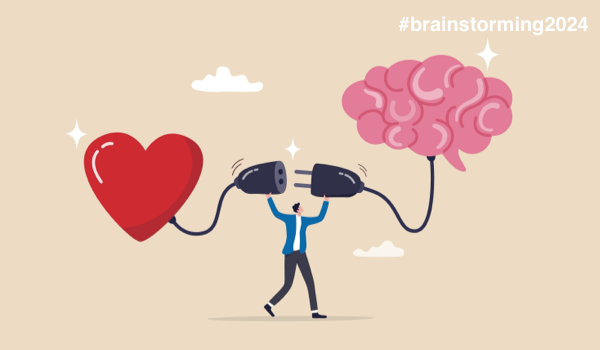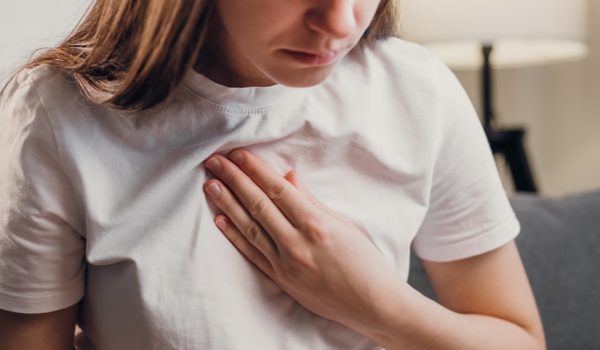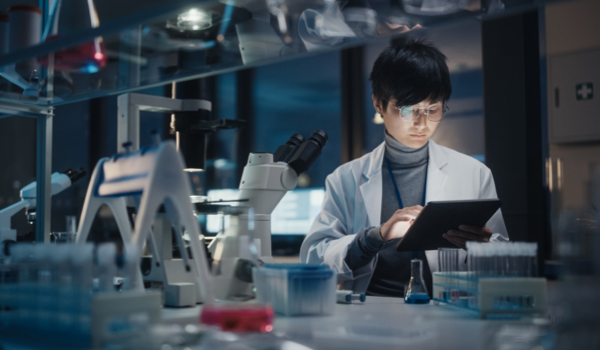

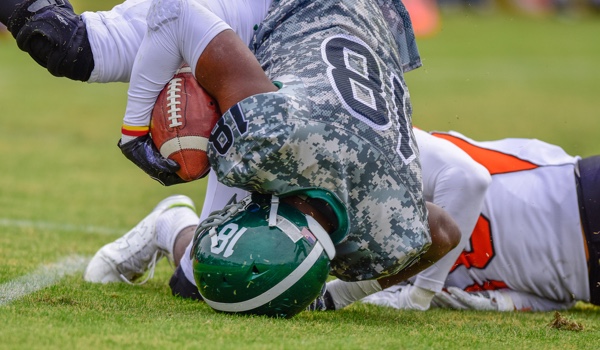
SAN FRANCISCO - One of the most thought-provoking applications of artificial intelligence (AI) involves the original inspiration behind modern deep learning and neural networks: the human brain itself. When the head is subjected to an impact, the brain lags in the cerebrospinal fluid.1 This causes the brain to collide with the interior of the skull once it moves in the direction of the impact. Such collisions are termed mild traumatic brain injuries (mTBI), more commonly known as concussions, and they represent a multidimensional biomechanical problem affecting millions of people.
The United States Centers for Disease Control and Prevention estimate that, in the US alone, around 3.8 million concussions are caused by sports-related activities. To monitor potential concussion type collisions, football teams often employ software systems such as Head Impact Telemetry System (HITS) to measure the impacts of players in real time.2 Such software can be used in conjunction with demographic and clinical data to draw further conclusions about the biomechanics of traumatic brain impacts. AI and machine learning (ML) models can look at this data and draw insights regarding concussions.
A recent trend in youth football within the US has been to introduce countermeasures to mitigate and prevent the occurrence of traumatic brain impact injuries. These changes include strict rule changes to the game itself, education about safe tackling techniques, and monitoring protective technology worn around the head. Rigorous analysis of telemetry data has confirmed that rule changes and safe tackling techniques significantly diminish the incidence of concussions. On the technology front, the leading protective device, the Guardian Cap, has been demonstrably shown to diminish linear and rotational acceleration of impact force toward the head.3 Some equipment, such as certain types of headgear used in rugby as well as mouth
The content herein is subject to copyright by The Yuan. All rights reserved. The content of the services is owned or licensed to The Yuan. Such content from The Yuan may be shared and reprinted but must clearly identify The Yuan as its original source. Content from a third-party copyright holder identified in the copyright notice contained in such third party’s content appearing in The Yuan must likewise be clearly labeled as such. Continue with Linkedin
Continue with Linkedin
 Continue with Google
Continue with Google
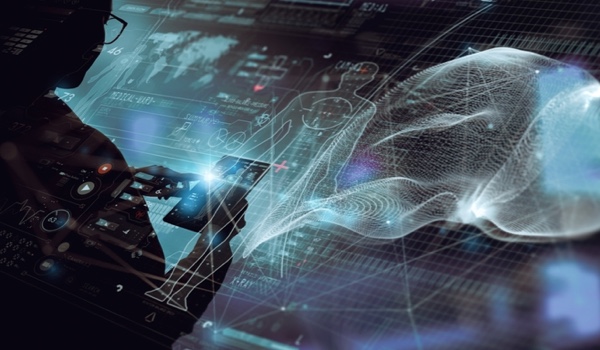








 1130 views
1130 views
